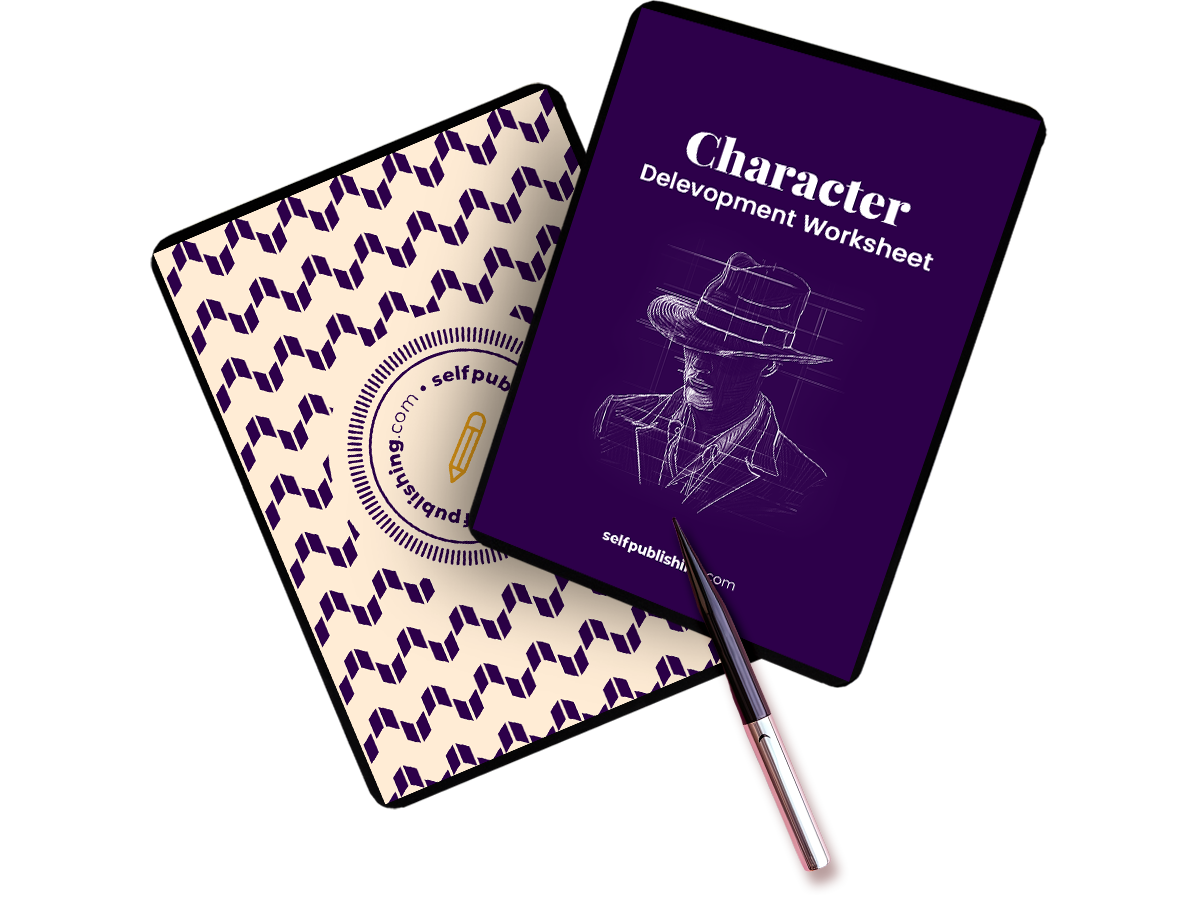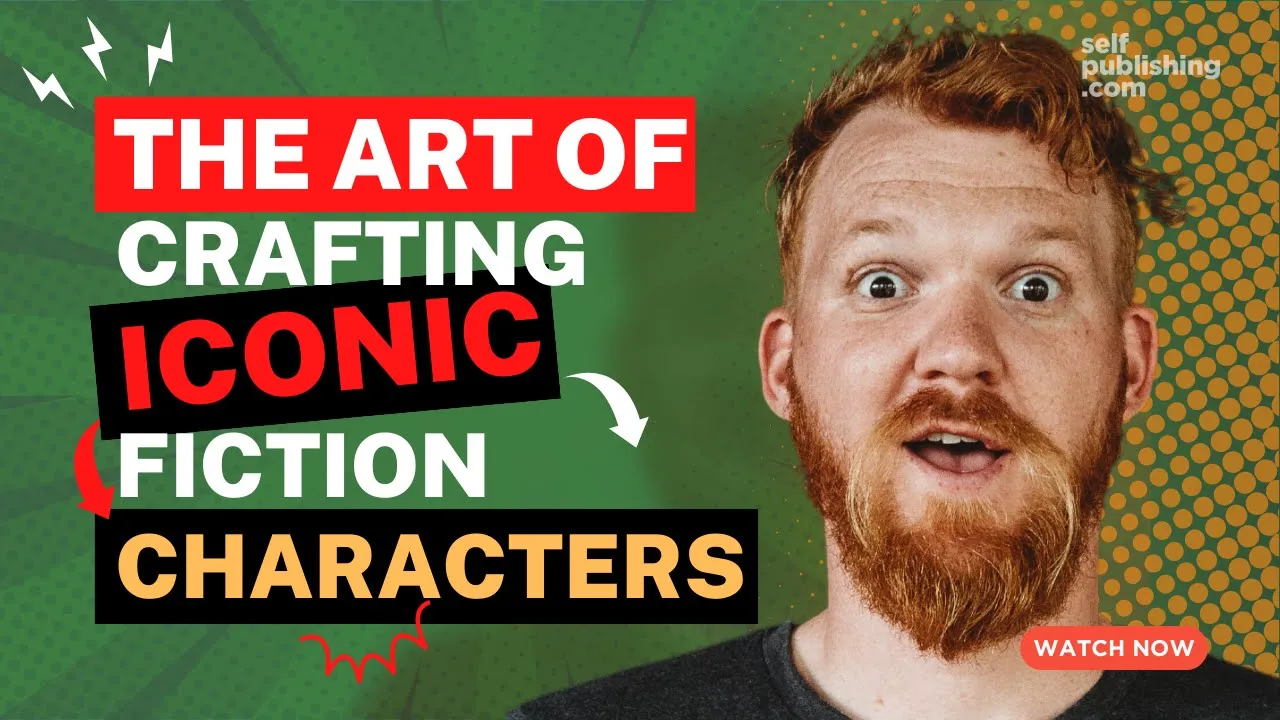Character motivation is one of the most important aspects of character building, and thus is one of the most important aspects of writing fiction. The character’s motivation is why they do what they do, and what they do is what leads them to make decisions, and those decisions are what drive the plot (so, the story) forward.
Without a clear, compelling motivation, your character may come across as flat and boring, and they will have no reason to make those plot-progressing actions and decisions.
Let’s look at what makes character motivation, examples of character motivation in literature, and ways to improve your writing skills and ability to craft strong motivations for your own characters.
What is character motivation?
In literature and storytelling, character motivation is one of the most important elements in the character’s development (regardless of what type of character they are), because it sets them up to take the actions they’ll take throughout the story.
It is the driving force behind your character’s actions and a lot of their thought process. It’s what makes them behave the way they do. It dictates their goals and desires.
And it’s what makes their choices make sense to the reader.
Character motivation can be internal or external—good characters have both. It can be influenced by their past experiences, beliefs, values, and current circumstances. It is also one of the most important aspects of a dynamic character and defines what decisions they’ll take throughout your book or series.
Why does character motivation matter?
Character motivation is important for lots of different reasons—here are just a few.
It makes the characters believable
The thing that makes readers relate to and connect with characters is their believability. People act on their motivations, so characters should too. If a character has a relatable motivation, readers will be able to empathize with them, and thus care more about their plight and story arc.
Even if your reader doesn’t personally share the motivation, it still helps them understand the character, creating empathy and emotional investment in the character’s journey.
It makes characters unique and memorable
Motivation is often what makes characters stand out from each other. It’s the driving force behind their actions and decisions.
Without a compelling motivation, your characters might come across as flat, uninteresting, and easy to forget. Even static characters have a motivation, though it is usually well-defined at the beginning of the story and seldom includes any dramatic shifts.
It provides themes
In both plot-driven and character-driven books, character motivation can be a rich source of themes in a story.
By understanding a character’s motivations, readers can have insight into the larger issues being explored by the story. This helps them appreciate the complexity and depth of the character’s experience, connecting them closer to the different themes in the book.
It drives the plot
Without motivation, a character has no drive to act.
Characters taking action is almost always what drives the plot of the story. Motivation is important, both for justifying the actions of the character and for creating them in the first place.
6 Ways to give characters realistic motivation
Giving characters realistic motivation requires understanding the character—their personality, background, wants, needs, and goals. Here are a few things you need to do in order to craft believable character motivations.
1. Build their backstory
Every part of a character starts with their backstory. Their morals, ideals, goals, strengths, and weaknesses almost always have a connection to something that happened in their past.
That means to build a believable character motivation, it has to make sense in the context of their backstory. Even if the backstory (or some of it) doesn’t appear directly on the page, we as writers should understand where the character is coming from in order to build a full, unique, and realistic motivation for our characters.
2. Give them goals
A character should have specific goals within their motivation.
For example, in The Hunger Games, Katniss’ motivation is to protect Primrose.
Her goals within that motivation become volunteering for the games to keep Prim at home, winning the games to get back to Prim, and ultimately trying to build a better and safer world for Prim to live in. (Thanks, Gale, gg.)
3. Make motivations authentic
Make your character’s motivations authentic by giving them a few layers and contradictions, rather than something very simple and straightforward. You can share these layers throughout the story to keep your readers turning the pages.
Another way to write authentic character motivations is by using subtext and subtlety—that means not outright naming the motivation.
Instead, show the motivation through logic, actions, dialogue, and description.
4. Add conflict
Conflict is what makes a story interesting, and it’s also what makes character motivation dynamic and compelling.
As we said, the character should have both internal and external conflict pushing back against their goals. Their motivation is what will push them forward to combat that conflict. Sometimes there isn’t a clear way for them to combat the conflict and stay true to their values and ideas. This creates more tension and interest in the story.
5. Show the consequences
Use cause-and-effect to show how the character’s motivations lead to their actions, then the results of those actions.
You can also show how the motivation (and resulting actions) impact the people and environment around the character.
Another way to show the consequences of a motivation is to include the emotional toll.
What has happened (or is happening) to spark the emotional fuel for the character to act on their motivations? Who or what has created the motivation in the first place? How does their motivation impact their physical, emotional, and mental health?
6. Avoid stereotypes and clichés
Stereotypes and clichés become that because they work – at least initially.
When a story element is good, writers will go back to them again and again. But that overuse leads to predictable stereotypes – much like you see with stock characters.
In order to create a unique, fresh story, try to avoid the super-clichéd motivations. Anything can be made new again, so try to give it a new angle, even if you are using a well-worn motivation.
For example, revenge is a very common motivation. It’s easy for that to come across as a one-dimensional motivation, which might be a bit boring to read. Remedy that by giving the character internal and external conflict to combat, as well as something unique in their flaws and backstory to bring a fresher take on the revenge story.
Examples of character motivation
Here are some common types of character motivation you’ll see across different book genres.
Romance/lust
In romance and erotica genres, the usual character motivation is that they are seeking some sort of romantic satisfaction. Within that, there are many different relationship tropes an author can use in the character’s pursuit of romance.
In Pride and Prejudice by Jane Austen, Lizzie Bennet is motivated by a drive for true love and a sense of independence. This is the driving force behind her resisting societal and familial pressures to marry for convenience, status, and wealth, and instead hold out for true love.
Lizzie’s motivation is what makes her the protagonist because it causes the story to happen.
Solving a mystery
In mystery genres, the main motivation is typically to solve that mystery, but it can have different origins depending on the unique backstory you craft for your fictional detective character.
For example, in Agatha Christie’s Murder on the Orient Express, Hercule Poirot is motivated by his desire for justice and truth.
In another story, the motivation to solve the mystery could come from revenge, loyalty, and more.
Revenge
Revenge is a motivation that appears up and down the list of book genres.
The most famous example could very well be The Count of Monte Cristo, where a lust for revenge drives Edmund to dedicate his entire life and fortune to destroying his enemy and getting his girl back.
Justice
Justice is a motivation similar to revenge, in that the character is driven to set something right.
An example of justice as a character motivation is Frodo Baggins from The Lord of the Rings by J.R.R. Tolkien. He wants to destroy the One Ring to save Middle-Earth, and that drives almost every decision he makes over his entire character arc.
Proving oneself
Many types of character motivation fall under the general umbrella of wanting to prove yourself.
Jay Gatsby in F. Scott Fitzgerald’s The Great Gatsby lives his life trying to prove that he is now successful and wealthy, thus worthy of regaining the lost love of Daisy Buchanan. This motivation drives him to throw lavish parties and live his life as extravagantly as he can to convince Daisy to come back to him.
In stories like literary tragedies, the character’s motivation is also often the character’s downfall. Such is the case in The Great Gatsby.
Protecting someone
Sometimes a character’s external motivation is as simple as protecting a loved one.
The classic example of this is Katniss in Suzanne Collins’ The Hunger Games. Katniss volunteers as the District 12 tribute to participate in a fight to the death in order to save her little sister from the same fate, and the motivation to protect her sister pushes all of her actions throughout the series.
Overcoming a personal failing
Ebenezer Scrooge from Charles Dickens’ A Christmas Carol is a classic example of a character whose motivations are to overcome their own personal flaws and failings.
After being convinced by the ghostly visitations of his past, present, and future that he will die alone if he continues on his trajectory, Ebenezer switches his whole life around, swapping his greedy self-interest for kindness and generosity.
Character motivation has the power to make or break your story.
The goal is to create authentic, nuanced characters with complex motivations grounded in their past experiences, values, and current situations. You can do this by using a character bio template to determine the key moments in the story for each of your core characters. By doing this, you’re bound to create compelling and memorable characters that your readers relate to, engage with, and can’t wait to read more about!
Before you write your character’s actions, ask yourself what the motivation is driving those actions.
Happy writing!


